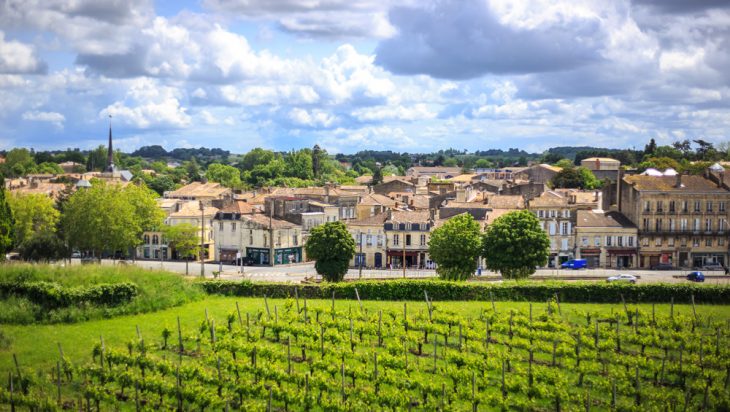Devastating frost caused wine production in Bordeaux to plummet by 40 per cent last year, the French region’s wine board has said, with some chateaus left with so little they chose not to bottle a 2017 vintage.
Despite the tiny yield, experts said it would be risky for wine makers to raise prices in the wake of two bumper years in quality and quantity.
“The total harvest in 2017 was 3.5m hectolitres, down 40 per cent on 2016,” said the Conseil interprofessionnel du vin de Bordeaux, CIVB, adding that vineyards in Saint-Émilion had been the worst affected.
Some chateaux in France’s biggest wine-growing area had lost 90 per cent of their harvest while others had lost none, the council added.
The final figures will be published this month and are slated to show that 2017 produced France’s worst wine harvest since 1945.
Late frosts struck twice at the end of April, causing severe damage to shoots and buds that emerged prematurely after an unseasonably mild March.
In desperation, some producers in Bordeaux lit fires in oil drums and positioned them between the rows of grapevines.
Among those worst hit, Château Climens in Barsac last week announced that it would be make no noble “first” wine from 2017 for the first time since 1993 after producing roughly one barrel per hectare and a record low.
Château Fieuzal in Pessac Léognan will not be making neither red nor white wine in 2017.
Just a few miles further north in Graves, Château Chantegrive will be making no red wine at all.
The Right Bank was hard hit while swathes of the Médoc were spared.
According to CIVB president Allan Sichel, the situation is mixed with some producers having a “comfortable” year while others were “in dire straits because they have little stock and virtually nothing harvested in 2017”.
But, he said the situation could be salvaged in most cases because producers had held back stocks from 2015 and 2016, which were both “very generous vintages of very high quality”
Jeffrey Davies of Bordeaux merchants Signature Selections said that while predicting wine prices in Bordeaux would require a “crystal ball”, he warned producers against raising prices due to the drop in volumes.
“I just don’t think given the overall image that is likely to be generated around the (2017) vintage and its very heterogeneous wines that producers will be able to ask for higher prices,” he told the Telegraph.
“Already the prices in 2015 and 2016 had people around the world coughing. I don’t think anyone is going to pretend that they are going to make better wines than those years, so why should they be more expensive or even the same price?”
He cited the weak pound in the wake of Brexit and strong euro to the dollar as key reasons not to raise prices.
Mr Sichel said he didn’t foresee huge hikes. “In terms of pricing, it will eliminate availability of Bordeaux wines at the very low entry level, which will nudge up a bit, but will have no real effect on anything above that,” he said.
Bordeaux was not the only wine region hit by harsh weather. Vines in the north-eastern region of Alsace, which produces mainly white wines, also suffered from the frost, while those in the south were hit with an exceptionally dry summer.



